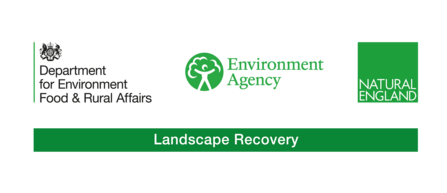Eelscapes is a Landscape Recovery project that aims to restore nature-rich wetlands along the River Severn from Tewkesbury to Gloucester. These habitats will help the endangered European eel, rare true fox-sedge, and much other wildlife to thrive.
The Eelscapes vision is to restore, enhance, connect, and sustainably manage naturally functioning and climate-resilient floodplain wetlands along the River Severn.
WWT, Gloucestershire Wildlife Trust, and the Environment Agency are working with people in the Severn Vale, who own, manage, and use the land.
The project is funded by Natural England under a Department for Environment, Food & Rural Affairs (DEFRA) Landscape Recovery Project Development Grant. This is part of the new Environmental Land Management (ELM) schemes which have replaced former EU agricultural funding.
Please get in touch with us at eelscapes@gloucestershirewildlifetrust.co.uk if you have any further questions, or if you would like to be involved in the project.


